12 Key Tips For Choosing The Perfect Time To Visit Mexico
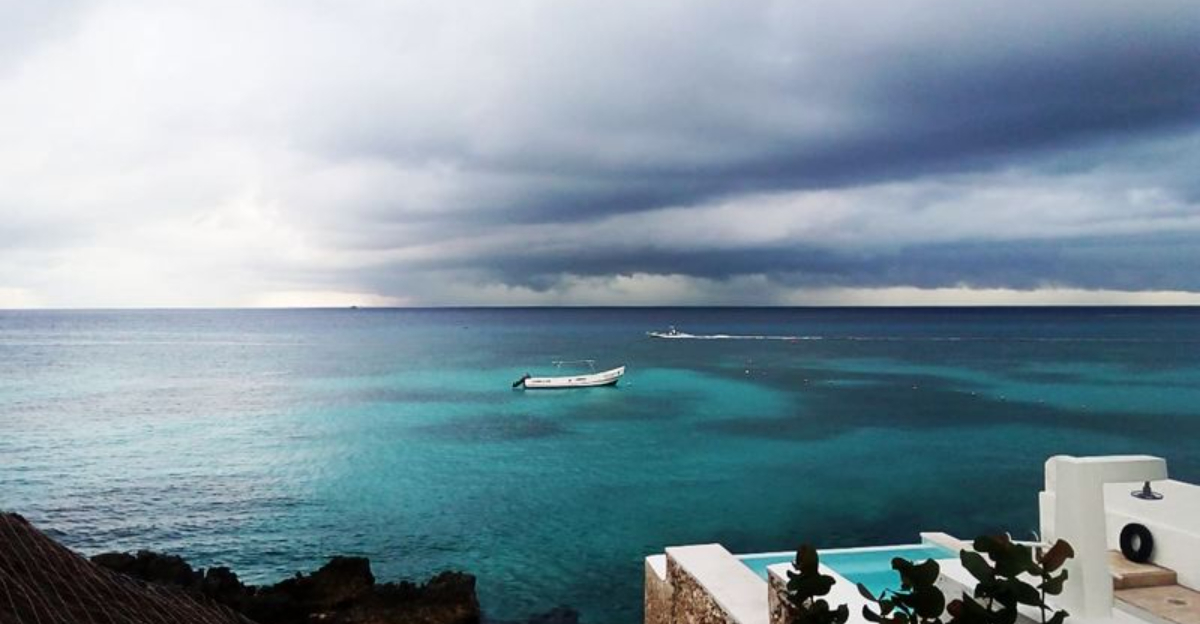
Thinking of heading to Mexico? Great choice—but when you go matters more than you might think. Skip the guesswork and let’s talk timing. From the Caribbean coast to the mountain towns of central Mexico, the best time to visit really depends on what kind of experience you’re after. Love beach vibes?
Aim for November to April—dry season means sunny skies and warm waters. But be warned: December holidays and spring break crowds can turn paradise into a packed resort scene. Prefer a quieter escape? Consider May or early November—still beautiful, but easier on your budget and your nerves.
Curious about culture? Mexico is bursting with vibrant festivals year-round. Día de los Muertos in late October is a must, and if you’ve never danced in the streets during a local fiesta, you’re in for a treat.
1. Avoid Hurricane Season
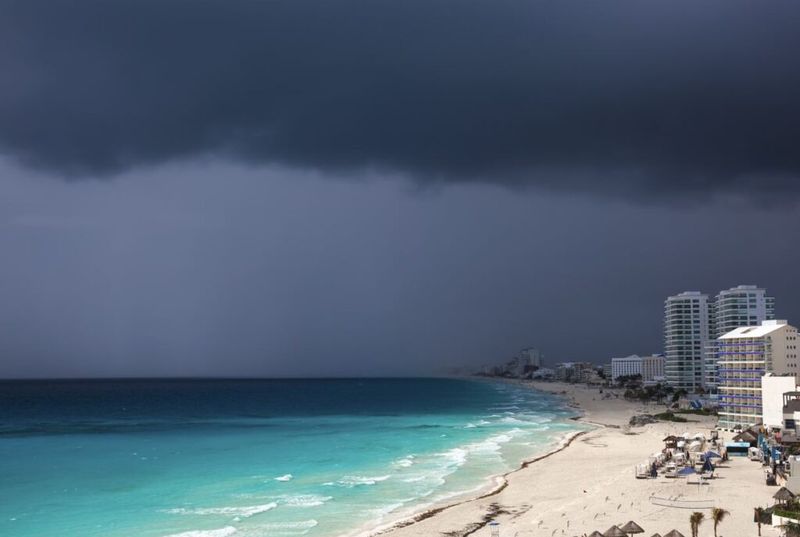
Hurricane season hits Mexico’s coastal areas from June through November, with peak activity in September and October.
During these months, tropical storms can disrupt travel plans and force you to stay indoors instead of enjoying beaches. I’ve learned that even if no major hurricane strikes, you might face frequent rain showers and higher humidity.
Many beachfront properties offer steep discounts during this period, but the savings come with weather risks. If your heart is set on visiting Cancun or Puerto Vallarta, consider booking outside this window for more reliable sunshine and calmer seas.
2. Consider Regional Weather
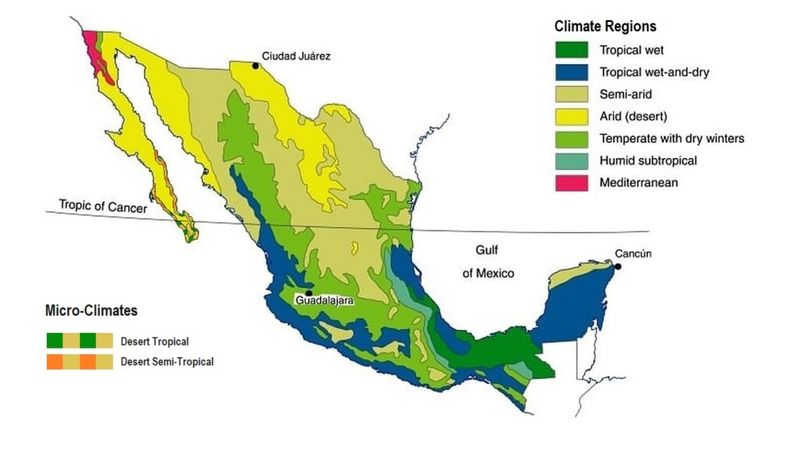
Mexico isn’t one uniform climate zone – it ranges from desert to tropical rainforest. The central highlands around Mexico City enjoy spring-like temperatures year-round, while coastal areas can be sweltering in summer.
Northern regions like Baja California experience hot, dry summers and mild winters. Meanwhile, southern states like Chiapas receive significant rainfall from May through October.
When I planned my multi-destination trip, I discovered that December through April offers the most comfortable weather for exploring diverse regions. This window lets you experience both beach relaxation and mountain adventures without extreme weather interference.
3. Watch for Major Holidays
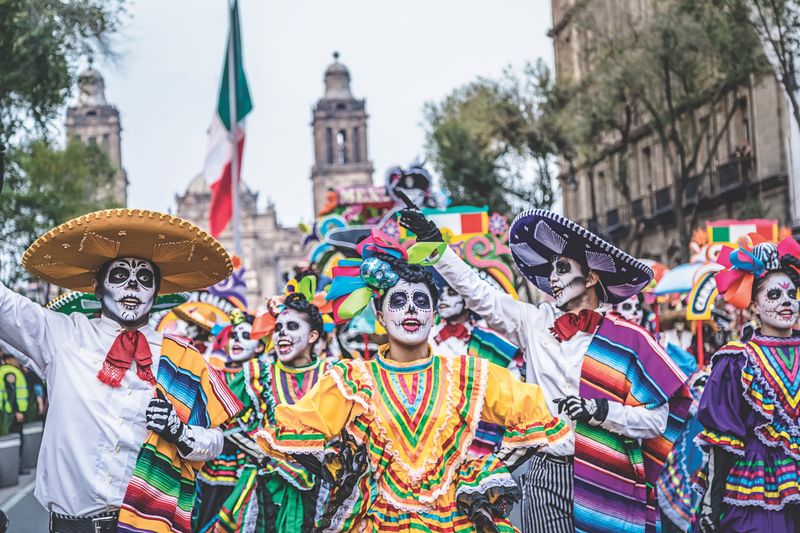
Mexican holidays transform the country in fascinating ways but can completely reshape your travel experience. Semana Santa (Holy Week before Easter) sees beaches packed with domestic travelers, while Day of the Dead (November 1-2) fills cultural hotspots.
Christmas through New Year brings festive celebrations nationwide, with higher prices and minimum-stay requirements at many hotels. Independence Day (September 16) features parades and patriotic celebrations in cities.
If experiencing authentic cultural celebrations matters to you, these dates offer incredible insights into Mexican traditions. For those seeking quieter travel, scheduling around these peak periods provides more breathing room at popular attractions.
4. Plan Around Crowds
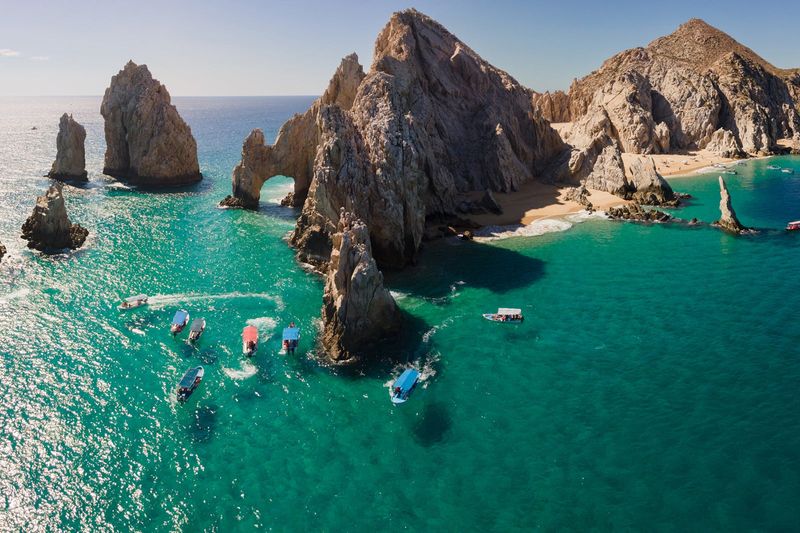
Timing significantly affects how many fellow tourists you’ll encounter at Mexico’s hotspots. January through March brings snowbirds escaping northern winters, while July and August see European visitors and Mexican families on summer vacation.
The sweet spots for lighter crowds typically fall in May (before summer vacation) and November (after Day of the Dead but before Christmas rush). During these periods, you’ll find shorter lines at archaeological sites like Chichen Itza and more space to spread your towel on popular beaches.
Where you go matters too – lesser-known colonial towns like Guanajuato offer breathing room even during high season compared to Cancun’s packed hotel zone.
5. Check Festival Dates
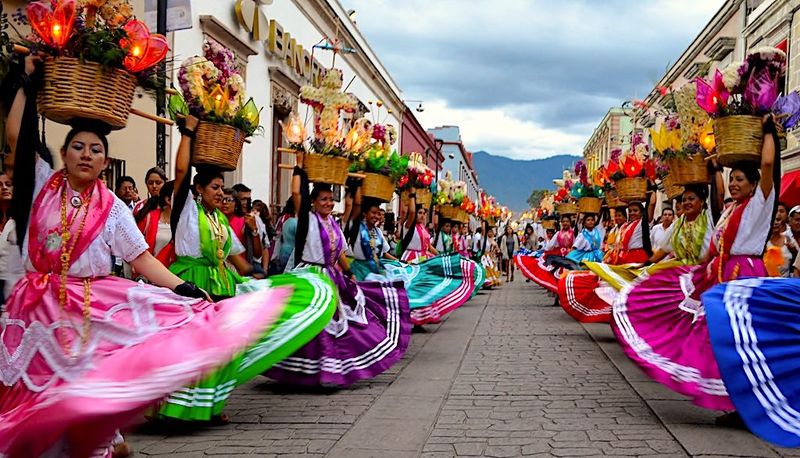
Mexico’s calendar overflows with vibrant festivals that can become the highlight of your trip if timed right. Guelaguetza in Oaxaca (July) showcases indigenous cultures through dance and music, while Cervantino in Guanajuato (October) brings international performing arts.
Some festivals require advance planning – Monarch Butterfly season in Michoacán (November-March) offers a natural spectacle as millions of butterflies arrive from Canada. Puerto Vallarta’s gourmet festival in November draws food enthusiasts from worldwide.
I’ve found that building a trip around these cultural events provides deeper connections to local communities and traditions than standard sightseeing. Many smaller towns host their own patron saint celebrations throughout the year.
6. Monitor Flight Prices

Flight costs to Mexico fluctuate dramatically throughout the year, affecting your overall vacation budget. January through March sees peak prices to beach destinations, while September offers some of the year’s lowest fares. Midweek flights typically cost less than weekend departures.
I’ve saved hundreds by flying on Tuesdays or Wednesdays rather than Fridays or Sundays. Setting price alerts through services like Google Flights or Skyscanner helps catch unexpected deals. Though weather might be less ideal, shoulder seasons (April-May and October-November) often balance good conditions with more reasonable airfares.
Flying into alternative airports like Guadalajara instead of Puerto Vallarta sometimes yields significant savings with just a short bus ride to your destination.
7. Think About Heat Tolerance
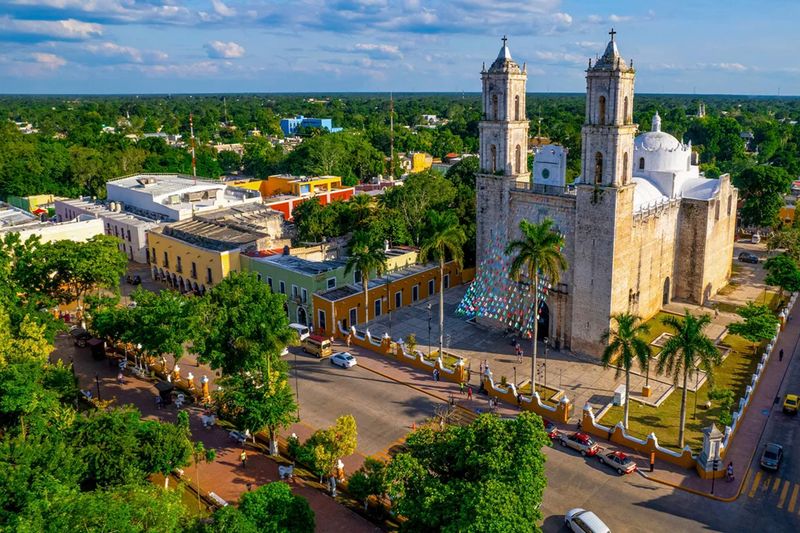
Summer in many Mexican regions brings serious heat that can limit outdoor activities. Inland cities like Mérida regularly exceed 95°F (35°C) from May through August, making afternoon explorations uncomfortable or impossible.
Coastal humidity compounds the heat effect, creating a feels-like temperature much higher than the thermometer shows. If you’re sensitive to heat or traveling with young children or seniors, winter months provide more comfortable conditions for sightseeing.
High-altitude destinations like Mexico City and San Cristóbal de las Casas offer year-round mild temperatures, making them excellent summer alternatives when coastal areas scorch. December through February brings the coolest temperatures nationwide – perfect for active travelers planning hiking or cycling trips.
8. Explore Off-Season Deals
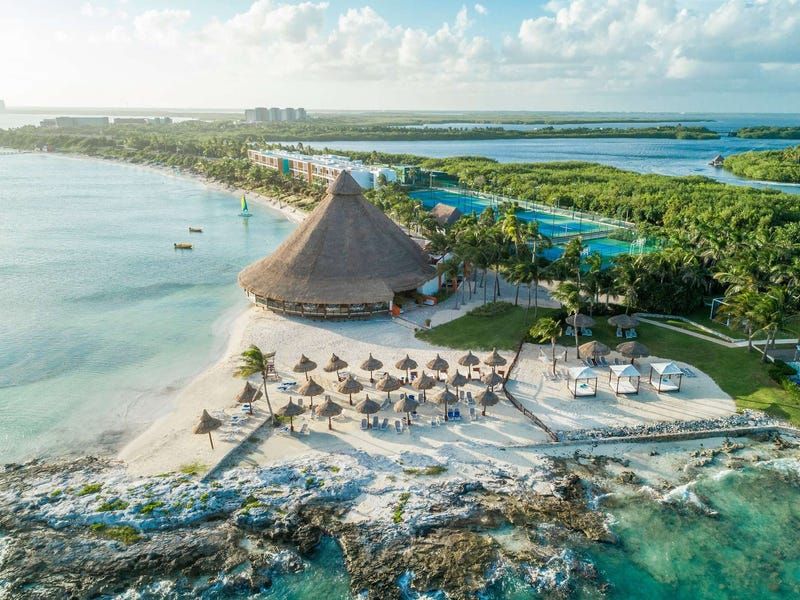
Visiting during Mexico’s lower-demand periods unlocks remarkable values across accommodations, tours, and activities. September offers the year’s best hotel bargains in beach destinations, with rates sometimes half of peak-season prices.
Many luxury resorts slash prices and offer free night promotions during rainy season. All-inclusive packages show their greatest discounts from September through early November and again in May. Beyond saving money, off-season travel means personalized service from staff not stretched thin by crowds.
Restaurant reservations become easier to secure, and tour guides can provide more individual attention. Even popular attractions like cenotes in the Yucatán Peninsula become more serene experiences when you can enjoy them without dozens of other visitors.
9. Research Rainy Periods
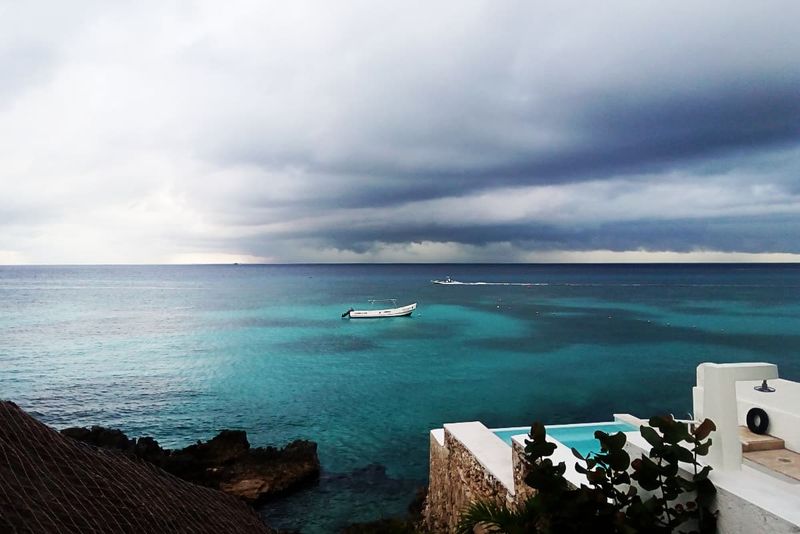
Rain patterns vary dramatically across Mexico’s diverse geography. Pacific coast destinations like Puerto Vallarta experience their wettest months from June through October, while the Yucatán Peninsula sees more rainfall from September through November.
Don’t let the term “rainy season” automatically scare you away. Often, rain arrives in afternoon showers lasting an hour or two, leaving mornings perfect for activities. The trade-off brings lush, green landscapes and fewer tourists.
Central highlands around Mexico City receive most precipitation from June through August. If your travel plans focus on museums and indoor activities, these rainy periods won’t significantly impact your experience, and you’ll benefit from lower prices and greener surroundings.
10. Look at Local Events
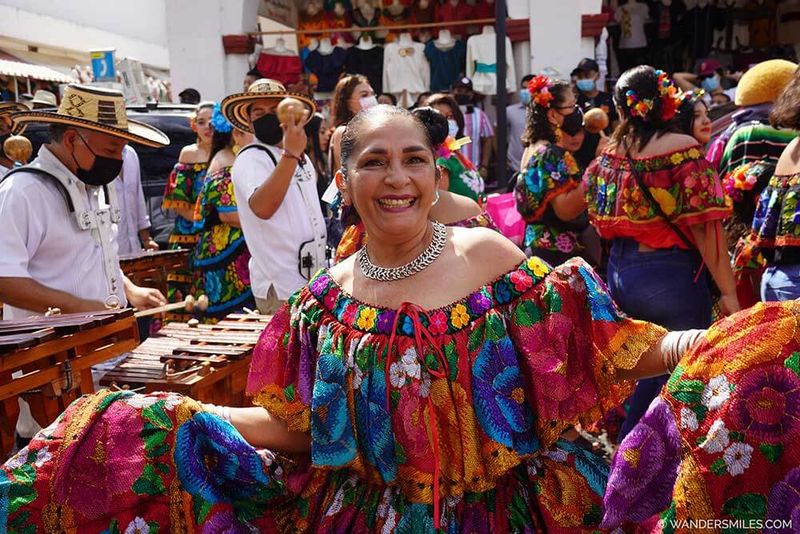
Smaller local celebrations often provide more authentic cultural experiences than major tourist-oriented festivals. Town patron saint days transform communities with processions, music, special foods, and genuine local participation rather than performances staged for visitors.
Regional sporting events like charreadas (Mexican rodeos) or local baseball games offer glimpses into everyday Mexican life rarely seen on standard tourist circuits. Market days in smaller towns bring surrounding communities together, showcasing regional products and traditions. I’ve found that asking local tourism offices about upcoming community events reveals opportunities absent from guidebooks.
Even small hotels often maintain calendars of neighborhood celebrations that provide windows into authentic Mexican life and create memorable travel moments.
11. Mind Spring Break Rush
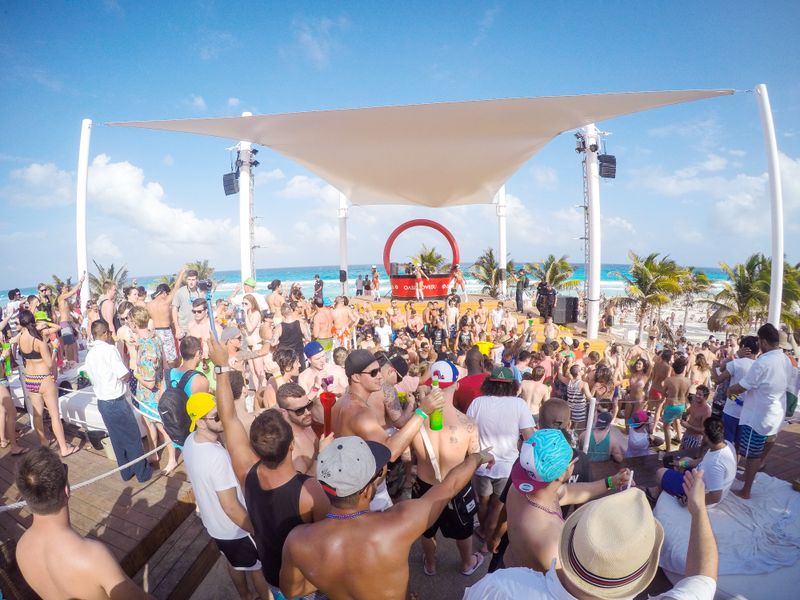
March brings waves of American and Canadian spring breakers to Mexico’s beach destinations, dramatically changing the atmosphere. Cancun, Cabo San Lucas, and Puerto Vallarta transform into party zones with higher prices and packed beaches during this period.
Families seeking relaxation should consider alternative timing or less spring-break-focused destinations like Huatulco or Zihuatanejo. The spring break impact varies by destination – Tulum attracts a different crowd than Cancun’s hotel zone, even during March.
College students specifically seeking this energetic atmosphere should book well in advance, as popular properties sell out months ahead. For everyone else, scheduling around these weeks ensures a more representative experience of Mexico’s normally balanced beach culture.
12. Match Your Travel Style
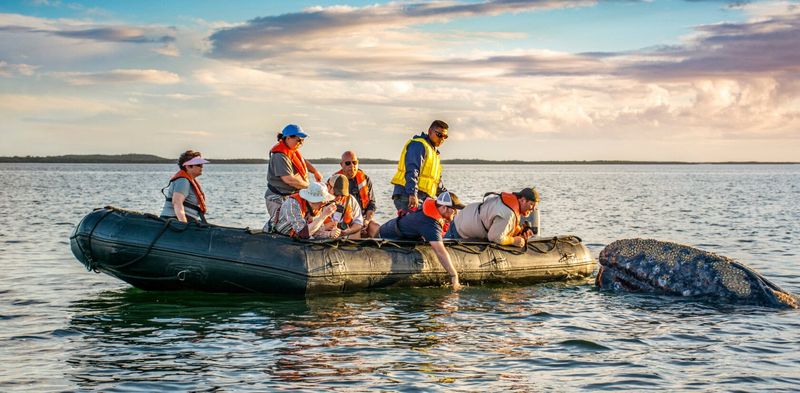
Your personal travel preferences should guide your timing decisions more than general recommendations. Photography enthusiasts benefit from visiting colonial cities during November’s clear, golden light or catching whale watching season in Baja California from January through March.
Foodies might plan around harvest seasons – September for wine country in Valle de Guadalupe or November for vanilla harvest in Veracruz. Bird watchers find December through March ideal for spotting migratory species in coastal wetlands.
Adventure travelers should consider water levels for activities like rafting (best after rainy season ends) or diving visibility (typically clearest February through May in the Caribbean). Aligning your visit with your specific interests creates more meaningful experiences than simply following general tourist patterns.
